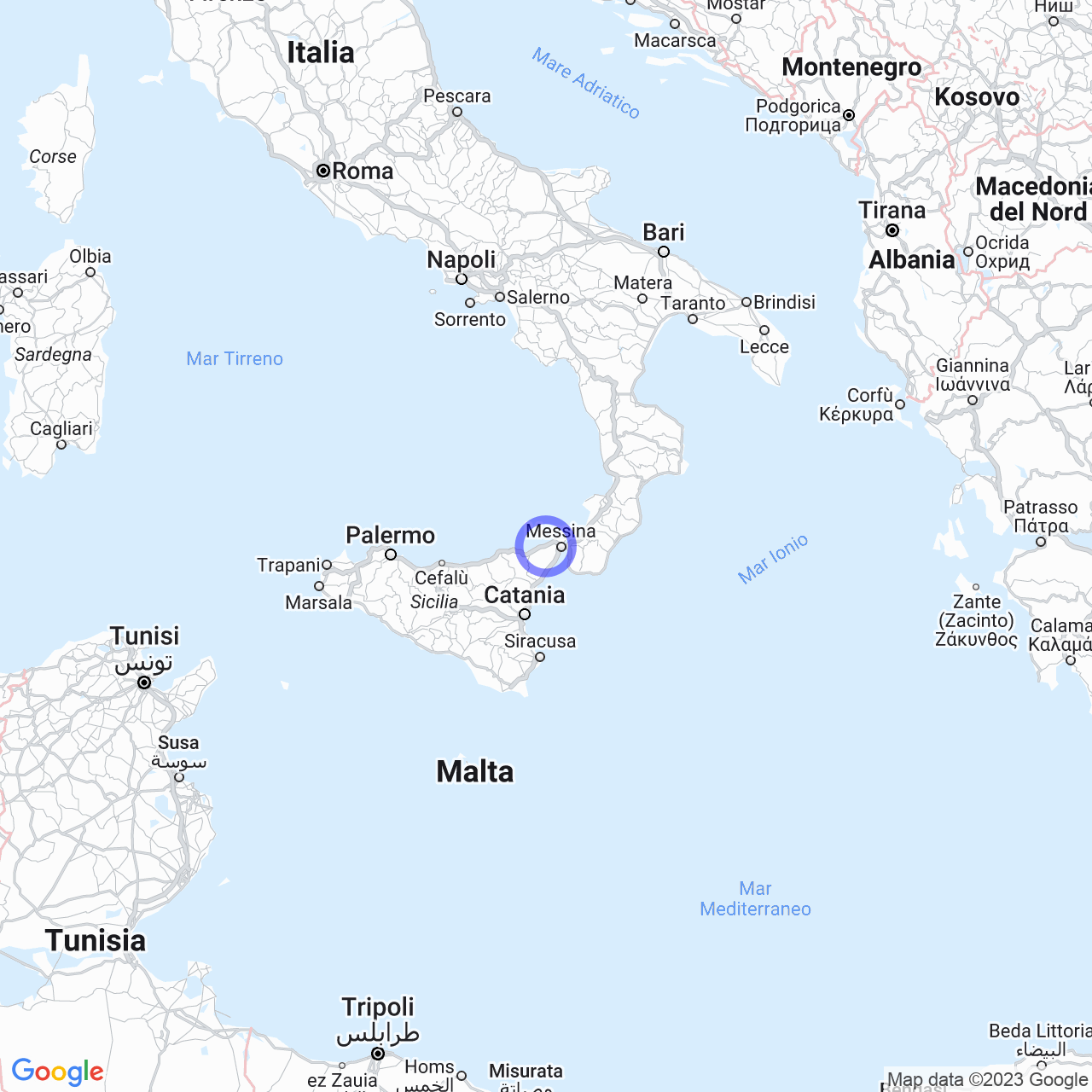Torregrotta
Torregrotta: a small Sicilian town
Hello everyone! Today I will talk about Torregrotta, a town in the metropolitan city of Messina located along the northern coast of Sicily. The town, which has a population of about 7,200, is located in the Niceto valley and extends between the Tyrrhenian Sea and the first hills of the Peloritani Mountains.

History and Territory
Origin of the town
Torregrotta was born in the Middle Ages as a hamlet of the Santa Maria della Scala fiefdom, but after a period of abandonment, it was rebuilt in 1526. Over the centuries, the settlement expanded especially from the second half of the 19th century. Torregrotta was historically linked to agriculture and was the birthplace of the sbergia, but in recent years the tertiary sector has taken over.
Territory
The municipality covers an area of about 9 km² and is one of the smallest in the metropolitan city of Messina. It borders the municipalities of Valdina to the east, Roccavaldina to the south, and Monforte San Giorgio to the west. The territory of Torregrotta is predominantly flat, with slopes that don't exceed 5%. The plain, which includes the coastal area and extends inland to the Bagheria stream, constitutes the easternmost portion of the valley crossed by the Niceto river. The hilly area is delimited to the east by the valley and to the west by the Caracciolo river and includes several clay quarries that have been used by the brick industry. The coastline extends for about 7 km and is characterized by low, sandy beaches.
Economy and Activities
Torregrotta has lost its traditional agricultural vocation and the extractive and clay processing industry had a certain boost in the 20th century, but it has almost completely run out in recent years. Today, artisanal activities prevail, although the tertiary sector is constantly growing, thanks to the position of the town on the SS113, the main road artery that connects Messina to Palermo.
Places of Interest
Church of Santa Maria della Scala
The symbol of Torregrotta is undoubtedly the Church of Santa Maria della Scala. Built in 1526, it was consecrated in 1758. The Baroque style facade is particularly suggestive, and the works inside have been recently restored.
Archaeological Museum
The Archaeological Museum of Torregrotta is housed in the premises of the municipal library. It preserves important evidence of the ancient city of Abacaenum, dating back to the Greek-Roman period.
Gravina Palace
Gravina Palace, a 16th-century building, is located on Via Roma. Recently restored, it now houses the Museum of Peasant Culture, where you can admire the ancient tools used to work the land.
Conclusions
In conclusion, Torregrotta is a small town characterized by a privileged location, situated between the sea and the hills of the Peloritani. Despite the loss of its traditional agricultural vocation and the depletion of its extractive and clay processing industry, the town is constantly growing thanks to the tertiary sector and artisanal activities. If you happen to be in the area, I recommend visiting these places of interest, they will surprise you!
